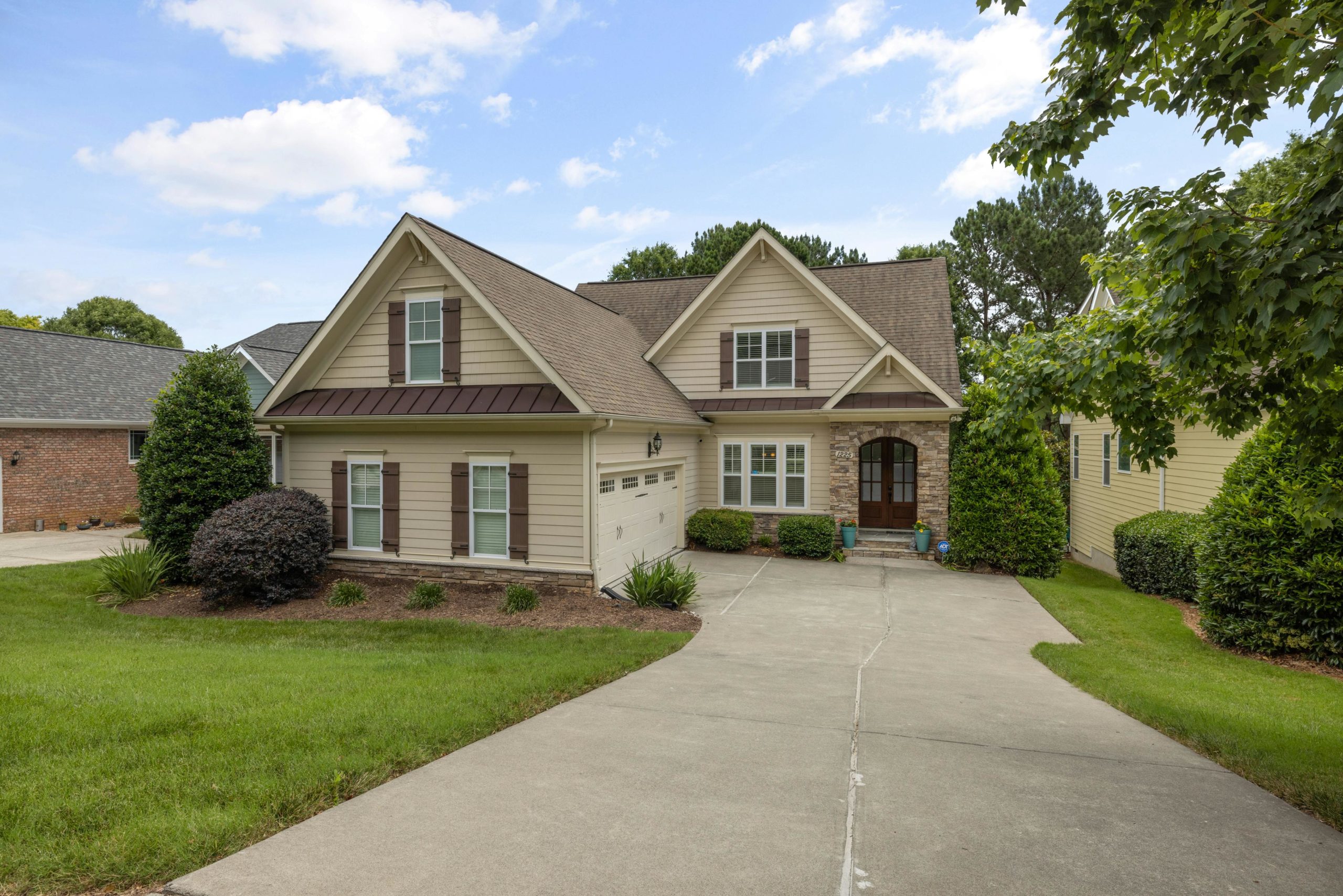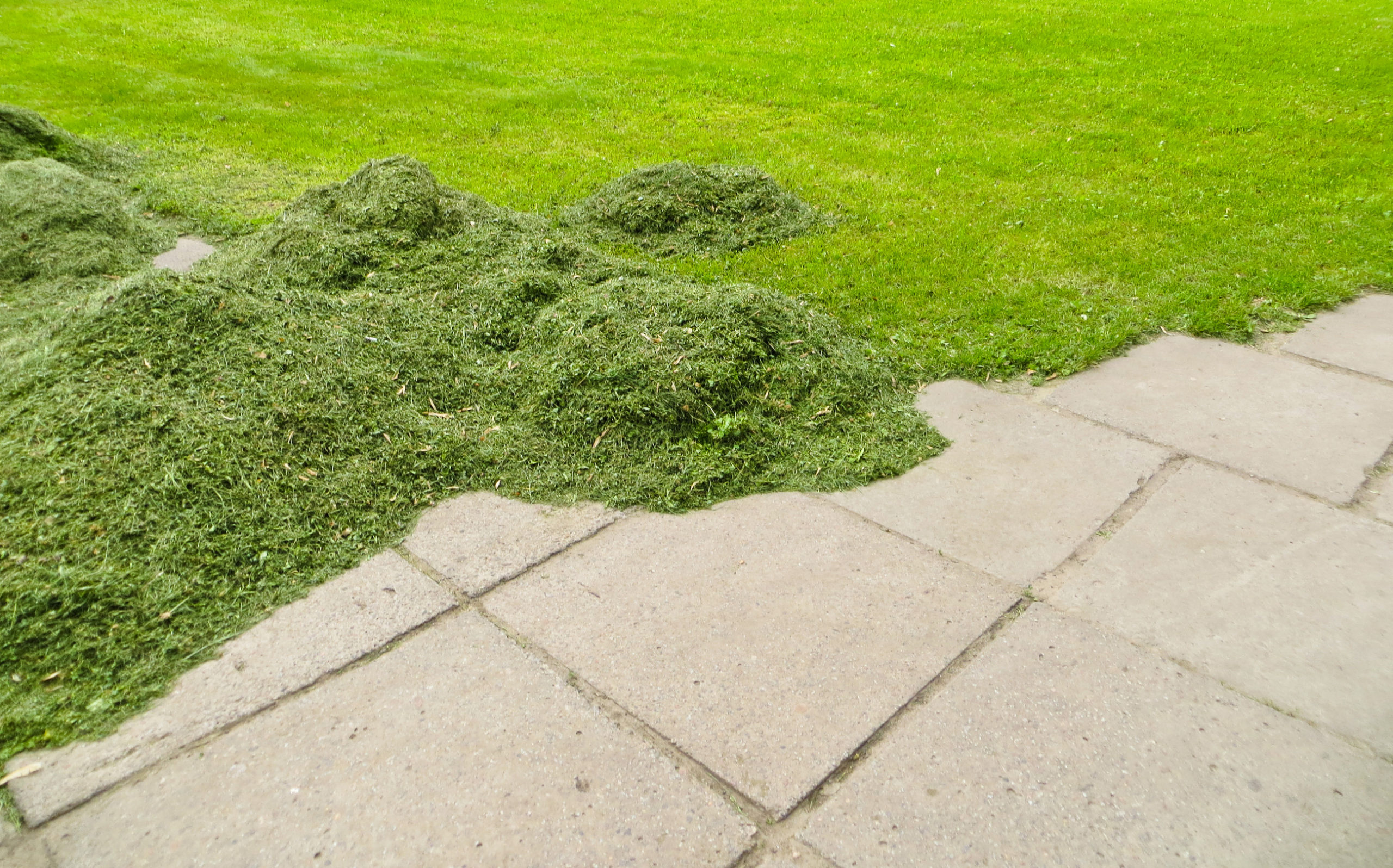If you’ve ever mowed your yard and looked back at all those grass clippings, you’ve probably wondered: should I bag them up or leave them on the lawn? The good news is, in most cases, grass clippings are actually beneficial for your yard. They’re not just a leftover mess—they’re a natural way to recycle nutrients, retain moisture, and save you time.
Let’s dig into why leaving grass clippings might be one of the best things you can do for your lawn.
Why Grass Clippings Are Good for Your Lawn
Grass clippings are packed with nitrogen, one of the essential nutrients your lawn needs to stay healthy, green, and strong. When you mow and leave the clippings behind, they decompose quickly, returning nutrients to the soil. This natural cycle is often called “grasscycling.”
Think of it like giving your lawn a free snack every time you mow—it reduces the need for added fertilizers and helps your lawn thrive.
Key Benefits of Leaving Clippings
-
Natural fertilizer – Clippings can provide up to 25% of your lawn’s annual fertilizer needs.
-
Moisture retention – They create a thin layer on top of the soil that helps it hold water, which is especially helpful during hot Texas summers.
-
Improved soil health – As clippings break down, they encourage beneficial microorganisms in the soil.
-
Less waste – You skip bagging, hauling, and dumping yard waste, saving time and reducing what ends up in landfills.
When to Bag Grass Clippings
While leaving clippings is usually best, there are situations where bagging makes more sense:
-
Grass is too tall: If you waited too long to mow and clippings are long, they can clump together and suffocate your lawn.
-
Weeds are present: Bagging prevents weed seeds from spreading across your yard. Find out which weeds are controlled with pre-emergents.
-
Wet conditions: Heavy, damp clippings can mat down and block sunlight from reaching the grass beneath.
Tips for Grasscycling Success
-
Mow regularly – Aim to cut only about one-third of the grass blade at a time. Shorter clippings decompose faster.
-
Use a sharp mower blade – Clean cuts help clippings break down more easily.
-
Leave clippings evenly – If they clump, lightly rake them out to prevent smothering patches.
-
Don’t worry about thatch – Contrary to popular belief, clippings don’t cause thatch buildup. Thatch is made up of roots and stems, not decomposed blades.
Quick Q&A: Grass Clippings and Lawn Care
Do grass clippings cause weeds?
Nope! Grass clippings themselves don’t create weeds. If your lawn already has weeds, bagging clippings can prevent seeds from spreading.
Is mulching the same as grasscycling?
They’re closely related. Mulching mowers cut grass into finer pieces, which makes it even easier for clippings to decompose. Grasscycling simply means leaving clippings on the lawn—mulching just makes the process faster.
Can I leave clippings on my lawn year-round?
Yes, as long as mowing conditions are right. During very wet or fast-growing periods, you may need to bag occasionally to avoid clumps.
The Bottom Line
Grass clippings aren’t just waste—they’re one of the easiest ways to naturally fertilize and improve your lawn. By leaving them, you’ll boost nutrients, save money on fertilizer, and even cut down on watering. Just remember: mow regularly and only bag when absolutely necessary.
If you’d rather skip the guesswork and enjoy a consistently lush lawn, let the professionals handle it. Check out our lawn maintenance services to keep your yard looking green, healthy, and beautiful year-round.

